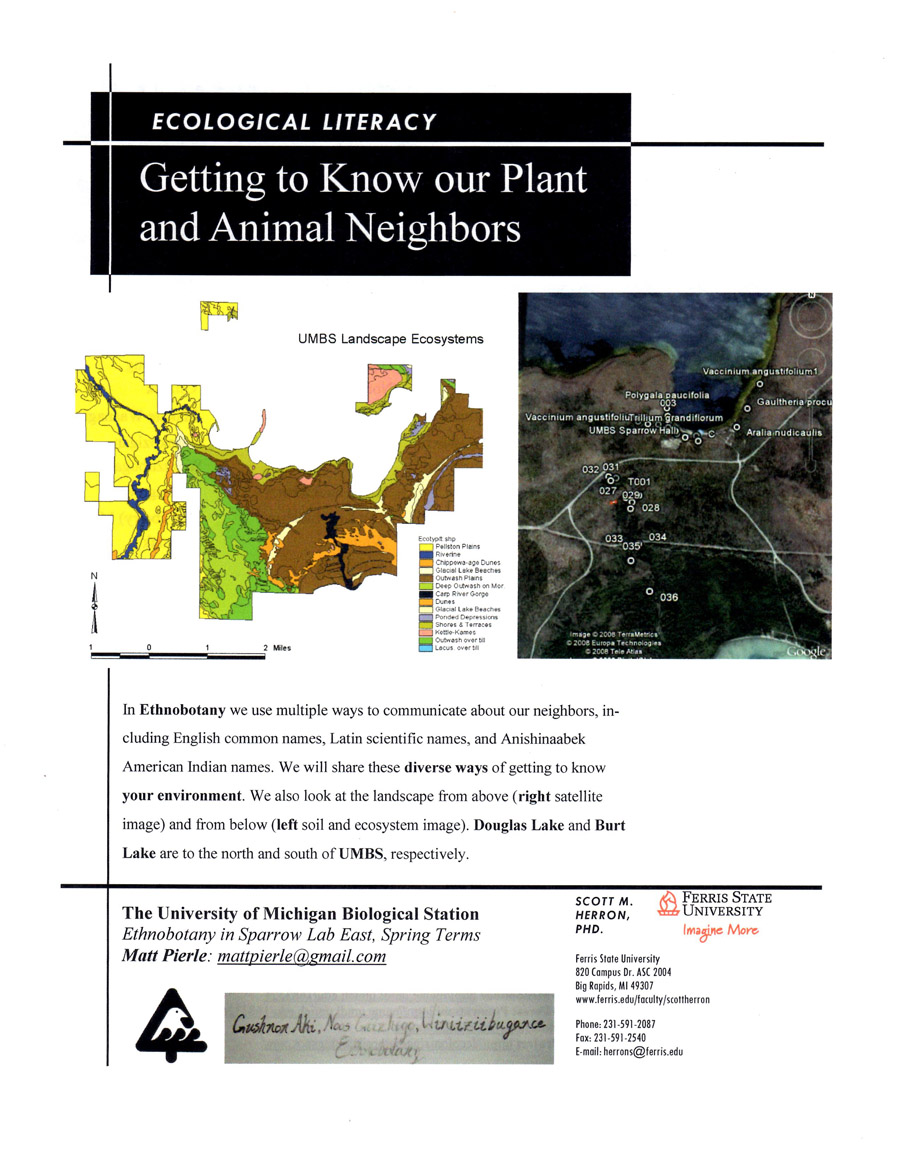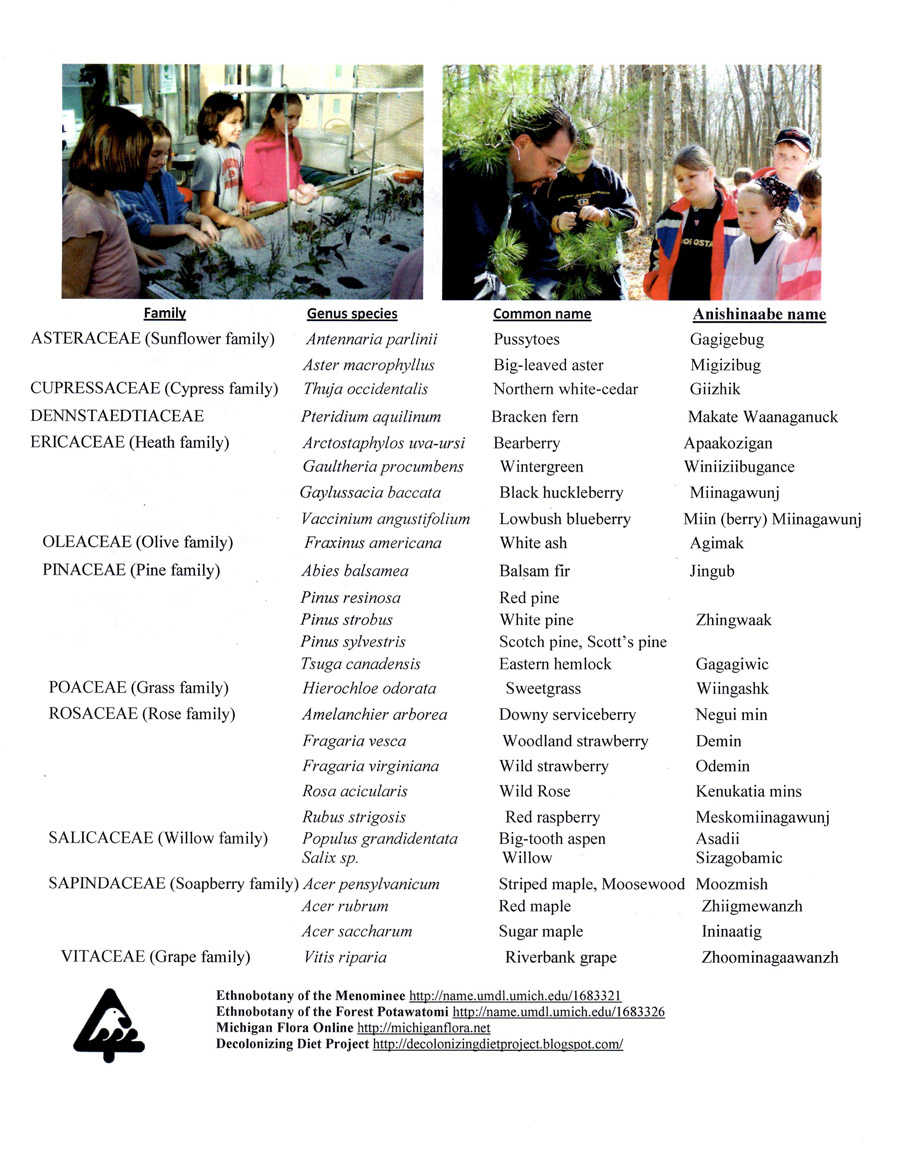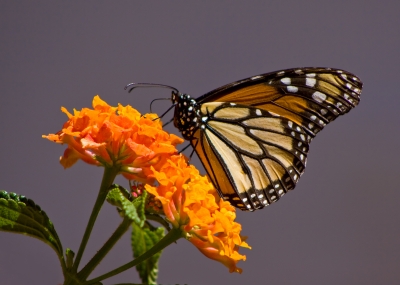What Animals Cn Only Live In The Woods In Michigan
"We are sisters of this Earth—members of one powerful tribe."
—Jada Pinkett Smith
"If you tin feed yourself, you can free yourself."
—Dr. Grace Lee Boggs, philosopher and Detroit community organizer
"My daughter talks almost what she did and learned at ECO Girls all weekend long. This is a great program!"
—ECO Girl Parent


Michigan Plants and Animals
Bring together us in exploring the names, habits, and habitats of our Slap-up Lakes plant and creature neighbors and encounter what the Eco Girls are learning about ecology, botany, and environment through the lenses of various cultural understandings.
Professor Scott Herron, an ethnobotanist, created these pages to help the states place various plants, trees, and animals for our Camp Bluestem hike at the Biostation. Click on each prototype to see a larger version.


Bloodroot — A woodland wildflower whose roots produce a reddish colored juice when cutting open. Native people have developed ways of using bloodroot for medicine, dye, and insect repellent.
Common Milkweed — This plant is an herb that can be used for medicine, food and fiber for making rope. Monarch collywobbles depend on this Michigan native plant for food. They feed on its leaves as caterpillars and equally collywobbles they extract nectar from its flowers. Juices from the plant make insects taste bitter and then that other predators volition not eat them.
Compass Plant — A native of the tallgrass prairie (which includes parts of southern Michigan), this plant tends to orient its leaves in a north-due south direction, giving it its mutual name.
Eastern Garter Serpent — This beautiful, medium-sized snake is grayness, brownish or greenish with long stripes down the length of its body and a kind of checkered pattern. Garter snakes tin abound up to iv feet long. Ane female garter snake tin accept as many equally fourscore snakes in a litter! Then that other snakes can find them, they leave a strong scent behind them on their trail — it likewise tells other snakes whether they are male or female.
Gray Tree Frog — These frogs are not grey at all. They modify color (grayness, green or brown) depending on their surroundings in society to camouflage themselves. They do alive in copse, though, and can be constitute in woods, swamps and even back yards!
Greyness Wolf — One of two types of wolves that alive in Michigan (the other is the Eastern Wolf), they survive by eating deer, and smaller mammals, including coyotes, every bit well as rabbits and rodents. They are also known to eat insects, fruits and grasses as they roam in packs in areas as large equally 100 miles. Just 30 years ago, wolves in Michigan were nearly extinct but today wolf populations accept fully recovered.
Jack Pine — One of Michigan's three native pine species, the jack pine's cones just disperse their seeds afterwards a fire. Without forest fires, this species of pino tree cannon survive and grow new trees.
Kirtland's Warbler — Ane of the rarest members of the wood warbler family, the only place in the globe that this endangered bird nests and breeds is in grasses and shrubs beneath stands of jack pine copse in northern Michigan, Wisconsin, and Ontario! Since jack pine copse need burn to release their seeds and reproduce, Kirtland'due south warblers are too dependant on occasional woods fires for survival.

Photo credit: Rosemary Ratcliff
Monarch Butterfly — Non only does this insect undergo an amazing metamorphosis from egg to caterpillar to chrysalis to adult butterfly, but over iii or four generations, this delicate insect migrates all the way from Michigan and other northern states to United mexican states and dorsum!
Midland Painted Turtle — This is the official turtle for the country of Michigan — Who knew states had official turtles? You volition recognize a midland painted turtle when y'all see ane considering has bright red, orange or yellow stripes across its caput, legs and tail. It has a black or dark light-green shell that is mostly yellowish on the underbelly and webbed anxiety to help it swim. Turtles represent patience, peace and conclusion in many stories passed downwardly for generations.
Mosquito — A mutual Michigan insect, mosquitoes are born in the water where they live as larvae and pupae before flying out when they mature. Adult female mosquitoes suck our claret to get enough nutrients before they tin can lay eggs. Although annoying, mosquitoes are an important nutrient source for many animals including bats, dragonflies, and frogs. Listen to a mosquito song: www.cdbaby/joereilly4.
Walleye — One of the most popular species for sport anglers, these fish are also an important food source for many people in the region. For thousands of years, the Anishnaabek have harvested walleye in the springtime of the year, when the fish travel to shallow waters to lay their eggs, besides known as spawning. Some Anishnaabek spear spawning walleyes by shining lights on their reflective optics in the evenings. Traditionally, they used birch bark canoes and birch bark torches for leap spearing.
White Birch — The bark of this smashing tree has provided traditional forms of transportation and shelter for Anishnaabe people indigenous to Michigan for thousands of years. Anishnaabe use birch bawl to make canoes, baskets, and as a traditional covering for wigwams.
White-tailed deer — The official beast of the country of Michigan, the white-tailed deer uses its white tail as a danger point to warn other deer of predators. White-tailed deer hunting is a popular recreational activeness for many people in Michigan. These animals have likewise been important source of nutrient for people in the Great Lakes region and across for thousands of years.
Wolverine — A fierce predatory mammal of the northern forests, this animal is the mascot for the University of Michigan. Wolverines don't actually live in Michigan anymore, although ane was a sighted near Ulby, Michigan in 2004. It was the first wolverine seen in the state in over 2 centuries. Changes in the creature's habitat and trapping past human beings contributed to wolverine population refuse. They require very big areas of land with fiddling human activity. The evolution of roads, houses and other buildings take broken up (or fragmented) wolverine habitat, shrinking the overall geographic area where they alive (as well known as their range) and dramatically reducing their total population.
Source: https://environmentforgirls.org/plants-animals.php
Posted by: henningliamel.blogspot.com

0 Response to "What Animals Cn Only Live In The Woods In Michigan"
Post a Comment